Beijing Ancient Observatory

Address: 2 Biaobei hutong, Dongcheng district
Admission: 20 yuan ($2.83)
Hours: 9:00-17:00 (last ticket sold at 16:30)
Closed Mondays
Tel: (+86-10) 65242202
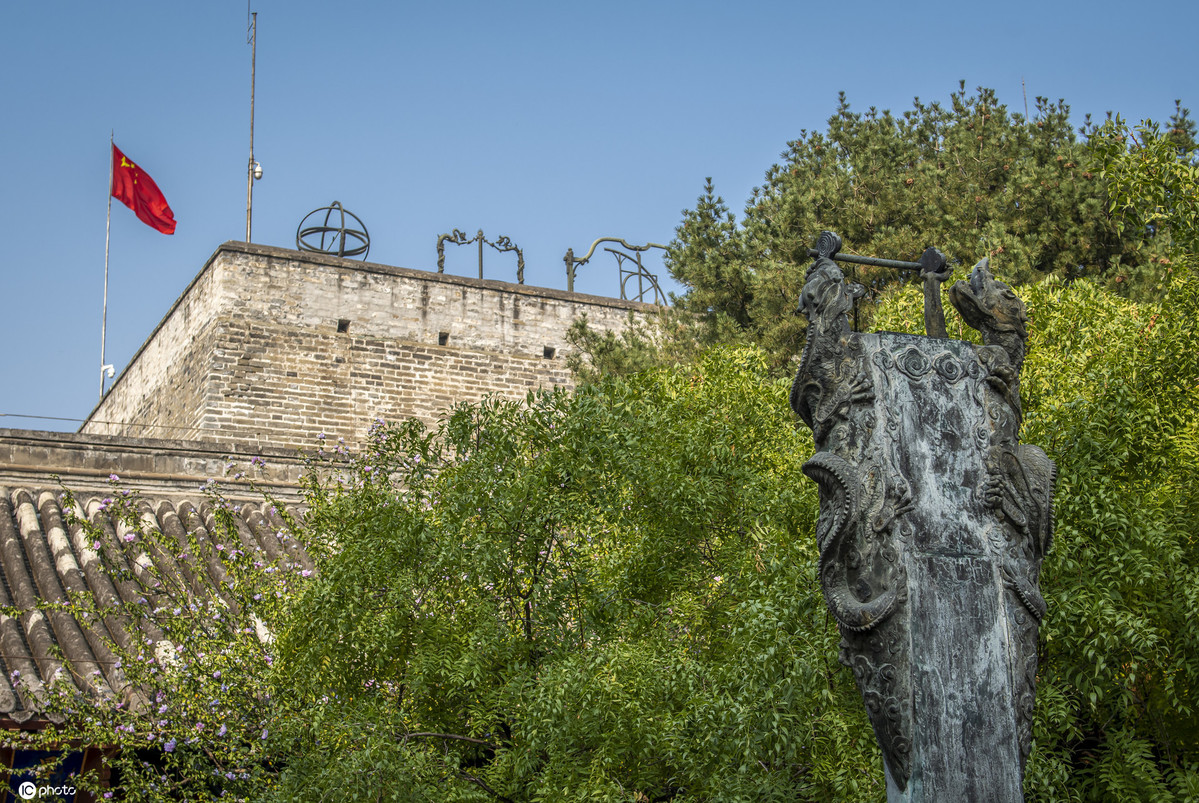
Manuel Dias (Chinese name Yang Manuo, 1574-1659), the Portuguese Jesuit missionary, published his book Explicatio Sphaerae Coelestis(Tianwen Lüe) in the Chinese language in Beijing in 1615. Although in the country to spread Christianity, he introduced the telescope and astronomical discoveries by the Italian physicist Galileo Galilei (1564-1642) for the very first time to China.
Decades earlier, when the Italian Jesuit priest Matteo Ricci (Chinese name Li Madou, 1552-1610) landed in China, he brought with him small-sized astronomical instruments including a celestial globe, an astrolabe, and a sundial.
These devices, described in books or presented as gifts, stimulated such curiosity in the Chinese emperors that they became and remained concerned about the level of Western astronomical knowledge.
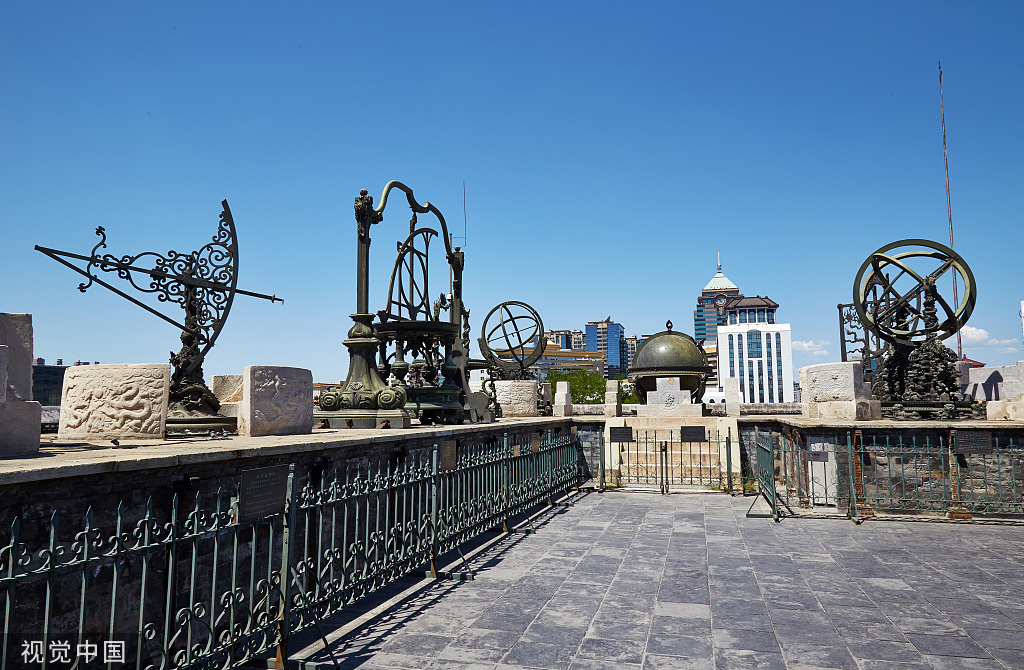
Because of their accurate computing of celestial phenomena from the Shenzong reign (1573-1620) of the Ming Dynasty to the late Qing Dynasty (1644-1911), foreign missionaries were designated in succession by the imperial court to head the Directorate of Astronomy (Qintian Jian), the agency in the capital responsible for conducting astronomical observations, forecasting weather, interpreting natural phenomena, and preparing the annual state calendar.
A number of European missionaries assumed directorship of the astronomical work, including the Swiss Jesuit priestJohann Schreck (Chinese name Deng Yuhan, 1576-1630), the German Jesuit priest Johann Adam Schall von Bell (Chinese name Tang Ruowang, 1591-1666), the Belgian Jesuit priest Ferdinand Verbiest (Chinese name Nan Huairen, 1623-88), the Italian Jesuit priest Philippe-Marie Grimaldi (Chinese name Min Mingwo, 1639-1712), the Portuguese Jesuit priest Thomas Pereira (Chinese name Xu Risheng, 1645-1708), and the Belgian Jesuit priest Antoine Thomas (Chinese name An Duo, 1644-1709).
There is a bronze bust of the German Jesuit priest Adam Schall Von Bell (1591-1666), which was cast in memory of his contribution to cultural communication between Europe and the imperial China. He was granted the highest official rank ever given to foreign missionaries in Chinese history.
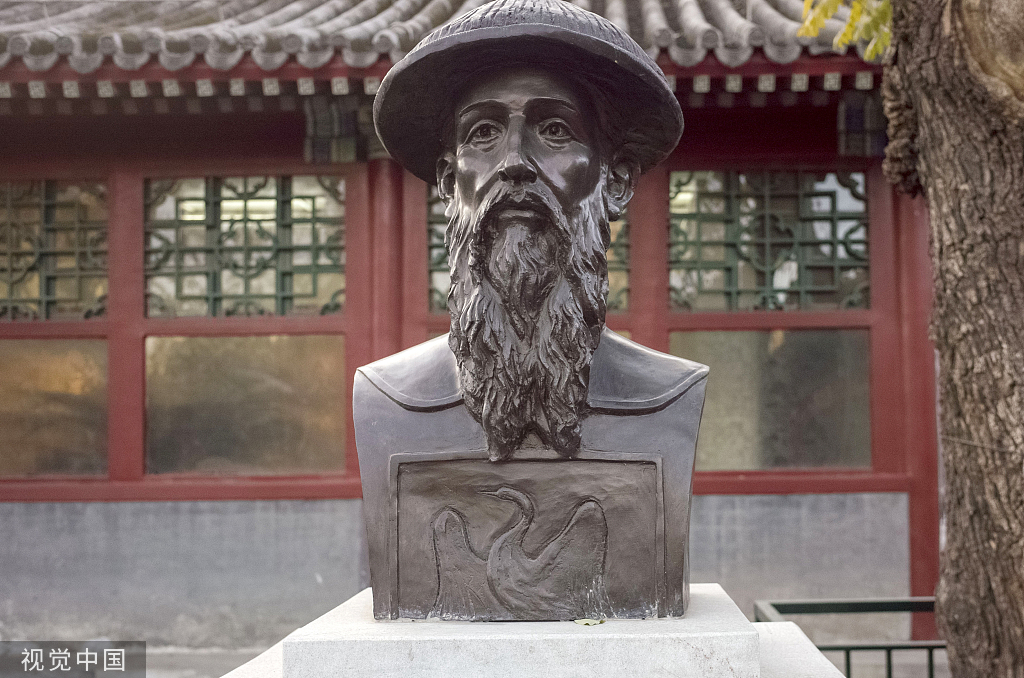
Instruments used by the missionaries for astronomical observation were modified or thoroughly transformed to incorporate the latest European models. The observatory, built in 1442 and still well preserved, was a major resource for them to conduct their observations.
Between 1669 and 1674, Father Ferdinand Verbiest supervised the design and manufacturing of a group of astronomical instruments for the emperor, including the ecliptic armilla, the equatorial armilla, the altazimuth, and the quadrant altazimuth, whose mechanical drawings and specifications were also published. Nearly a century later, between 1745 and 1754, by imperial order, the German Jesuit priest Ignatius Kögler (Chinese name Dai Jinxian, 1680-1746) and the Austrian Jesuit priest Augustin Hallerstein (Chinese name Liu Songling, 1703-74) cooperatively made a spherical astrolabe for the observatory.
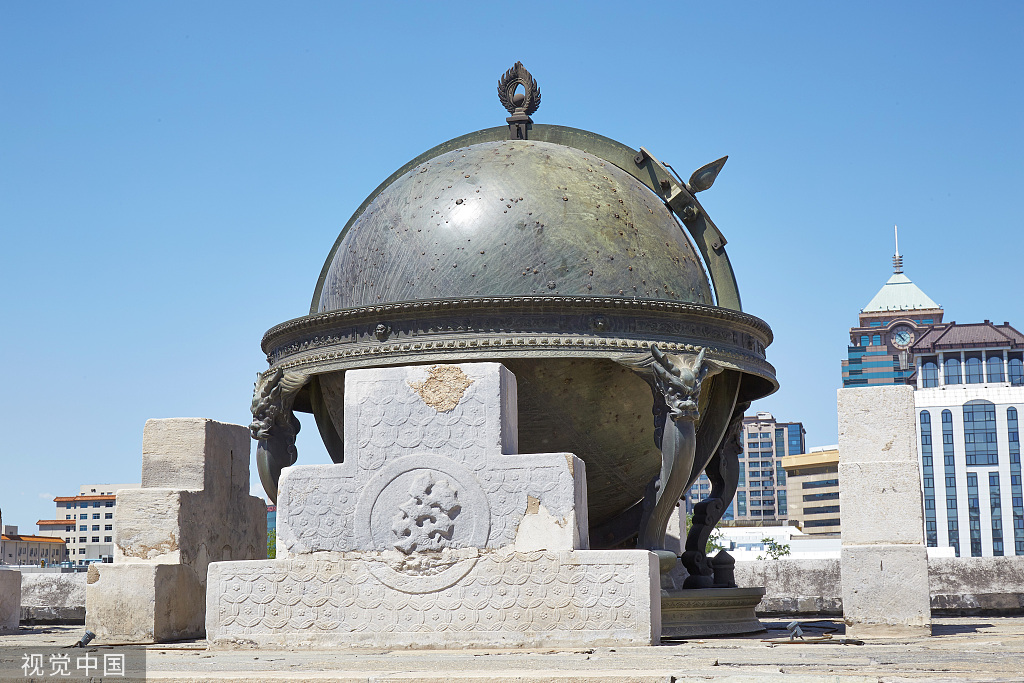
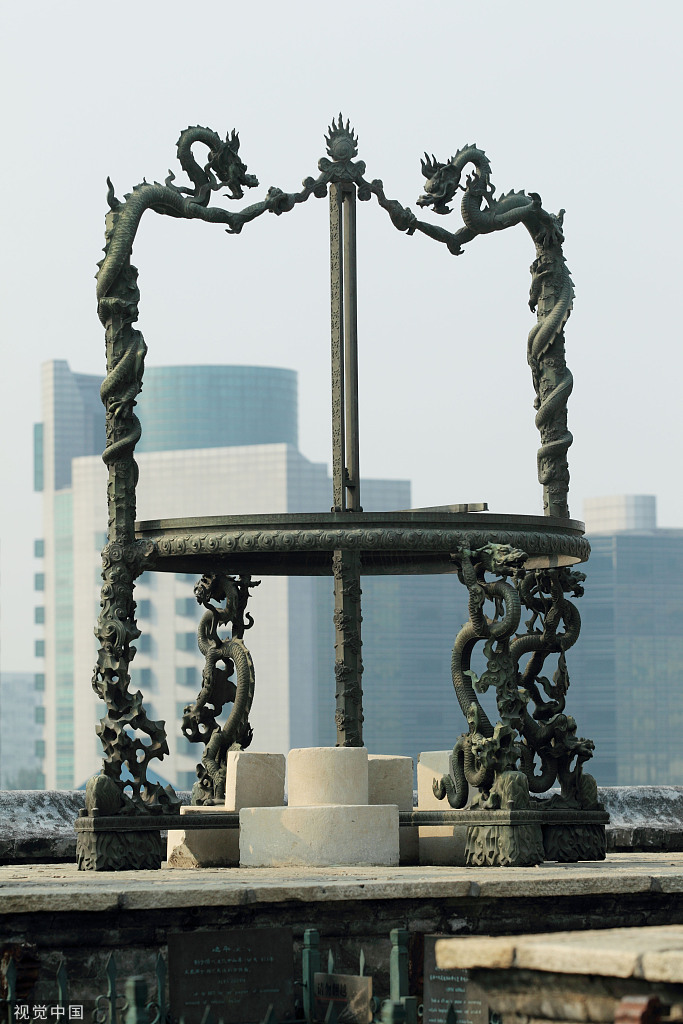
In 1837, Father Verissimo Monteiro da Serra (Chinese name Gao Shouqian, d.1852), the Portuguese priest of the Congregation of the Mission, resigned from the Directorate of Astronomy and returned to his homeland. His departure marked the conclusion of an age when European missionaries led China's imperial Directorate of Astronomy.
The Ancient Observatory, as we now call it, has been transformed to a heritage museum under the administration of the Beijing Planetarium. The lavishly decorated brass instruments credited to European missionaries are displayed there as a testament to their contribution to historical scientific exchange between Europe and China.


